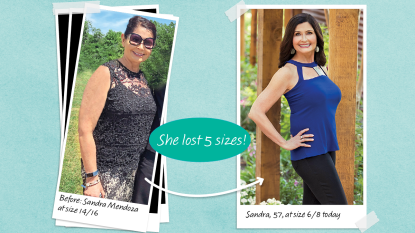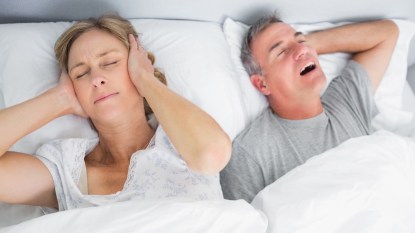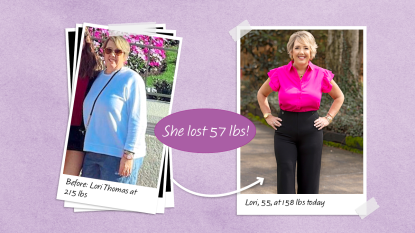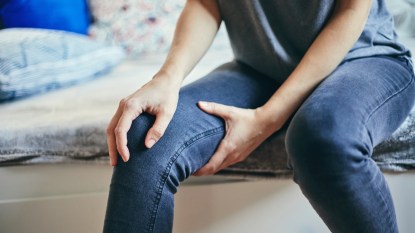Why Do We Crave Food Even When We Aren’t Hungry?
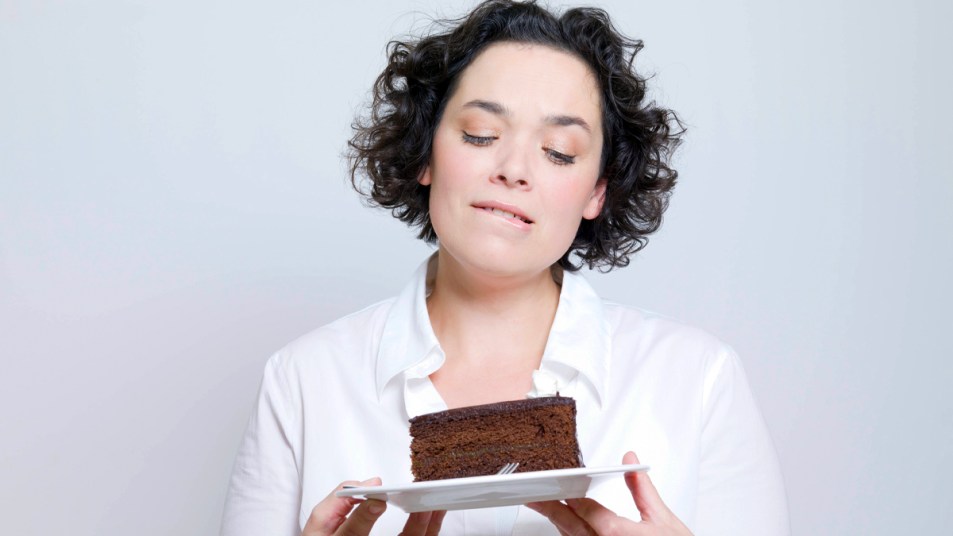
Sticking to healthy eating habits can feel impossible when sudden food cravings start to hit. We could already be totally full, but our minds just won’t stop fixating on how nice it would be to nosh on a sweet treat or savory snack — even if we know it will only end up in a bellyache.
So, why exactly do we crave food even when we aren’t hungry? According to Charlotte Hardman and Carl Roberts from the University of Liverpool, it has to do with a part of our brain known as the “food reward” system, which is actually a combination of several overlapping biological systems. Essentially, certain receptors in our brains can easily be stimulated and create that powerful urge to eat more of the food that we know makes us happy.
It might seem annoying that our brains are wired like this, but like most of our biological tendencies, it dates back to caveman days. “In our evolutionary past, when we were hunter-gatherers, this system would have been highly advantageous as we needed to be able to rapidly detect food sources and consume high quantities of energy-rich foods when available,” Hardman and Roberts explain. “This opportunistic over-consumption would have protected us against future periods of famine and ensured our survival.”
Carolyn C. Ross, MD, MPH, also explains that nowadays, that innate focus on energy-rich (AKA high calorie) food still gives our brains that rush of dopamine and serotonin which in turn makes us more inclined to give into cravings that we know make us feel happy.
On top of that, just seeing an image can trigger craving. It doesn’t even have to be food-related (although catching up on episodes of the Great British Bake Off probably doesn’t help either). Hardman and Roberts cite a study where individuals were given a milkshake every time they saw specific photos on a computer screen. Any time they saw the same pictures, they would crave a milkshake again based on the memory of that pleasurable connection. Ross says that this leads to what she calls a “path of reoccurring cravings.”
But none of this is to say we can’t overcome those impulses — or that we should feel ashamed when we give into them. Hardman, Roberts, and Ross all agree that trying to cut less-healthy cravings out of our lives completely isn’t the answer. It will almost always backfire and create an even stronger urge to overdo it when we ultimately give in and chow down.
Instead, Hardman and Roberts recommend focusing on mindful eating. Ross, on the other hand, suggests adding a smaller amount of the things you crave to something healthier, like tossing some M&Ms in yogurt.
Everyone is different, of course, but having a better understanding of why our brains cause us to crave certain foods might help untangle the hardwiring we’ve built up.



